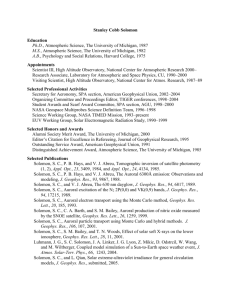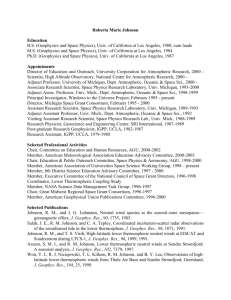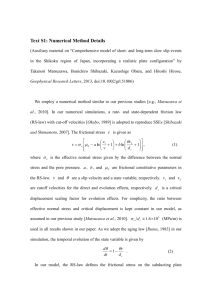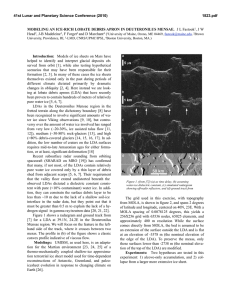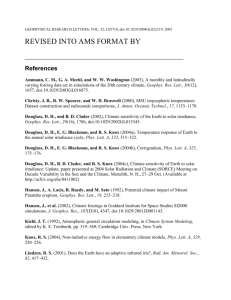CitedRef
advertisement
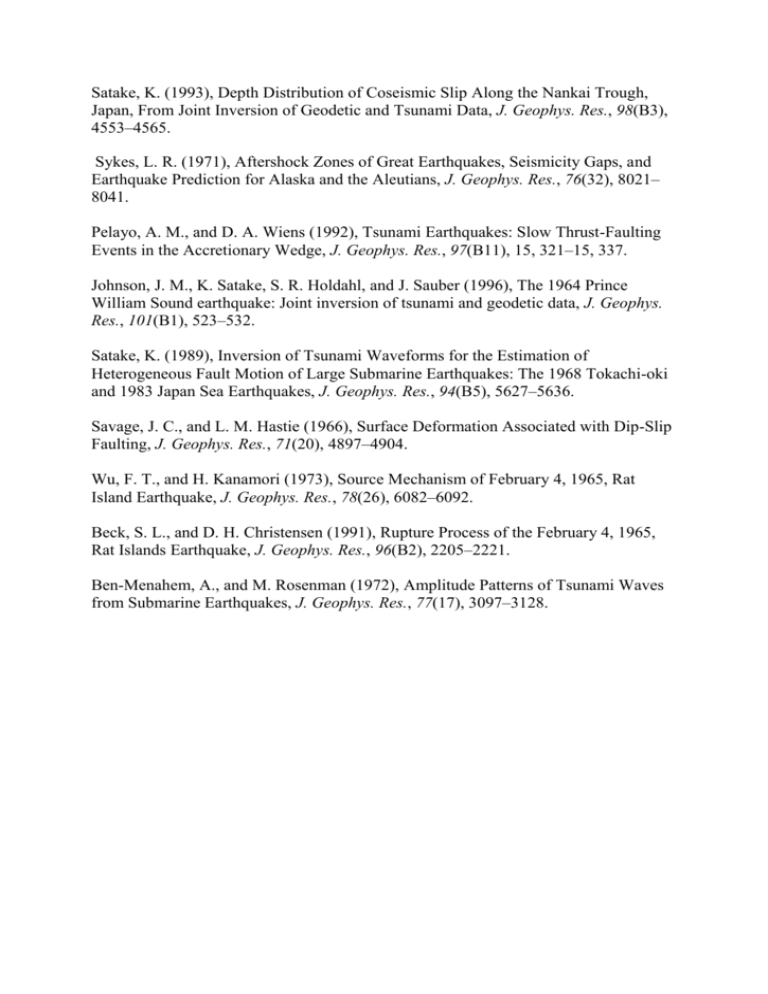
Satake, K. (1993), Depth Distribution of Coseismic Slip Along the Nankai Trough, Japan, From Joint Inversion of Geodetic and Tsunami Data, J. Geophys. Res., 98(B3), 4553–4565. Sykes, L. R. (1971), Aftershock Zones of Great Earthquakes, Seismicity Gaps, and Earthquake Prediction for Alaska and the Aleutians, J. Geophys. Res., 76(32), 8021– 8041. Pelayo, A. M., and D. A. Wiens (1992), Tsunami Earthquakes: Slow Thrust-Faulting Events in the Accretionary Wedge, J. Geophys. Res., 97(B11), 15, 321–15, 337. Johnson, J. M., K. Satake, S. R. Holdahl, and J. Sauber (1996), The 1964 Prince William Sound earthquake: Joint inversion of tsunami and geodetic data, J. Geophys. Res., 101(B1), 523–532. Satake, K. (1989), Inversion of Tsunami Waveforms for the Estimation of Heterogeneous Fault Motion of Large Submarine Earthquakes: The 1968 Tokachi-oki and 1983 Japan Sea Earthquakes, J. Geophys. Res., 94(B5), 5627–5636. Savage, J. C., and L. M. Hastie (1966), Surface Deformation Associated with Dip-Slip Faulting, J. Geophys. Res., 71(20), 4897–4904. Wu, F. T., and H. Kanamori (1973), Source Mechanism of February 4, 1965, Rat Island Earthquake, J. Geophys. Res., 78(26), 6082–6092. Beck, S. L., and D. H. Christensen (1991), Rupture Process of the February 4, 1965, Rat Islands Earthquake, J. Geophys. Res., 96(B2), 2205–2221. Ben-Menahem, A., and M. Rosenman (1972), Amplitude Patterns of Tsunami Waves from Submarine Earthquakes, J. Geophys. Res., 77(17), 3097–3128.

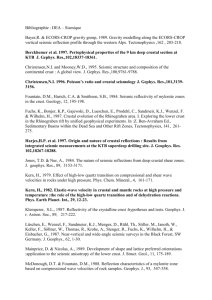
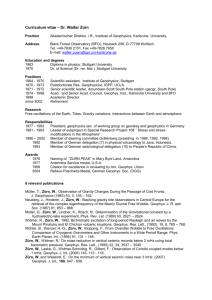
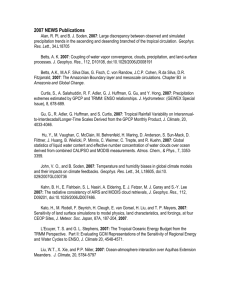
![References [1] Rayner PJ, O`Brien MD. The utility of remotely sensed](http://s3.studylib.net/store/data/007626495_2-2370444f328cf1b26058a62ca6d31ffc-300x300.png)

